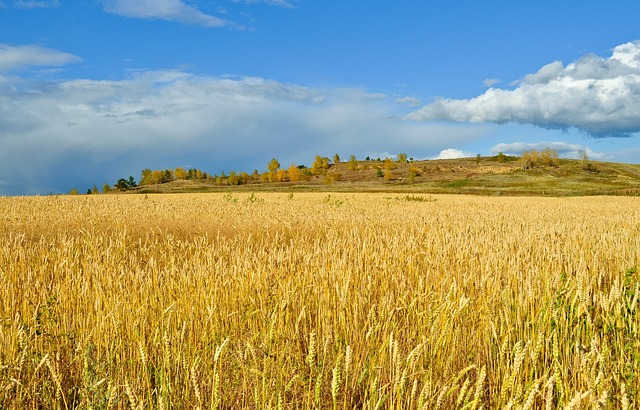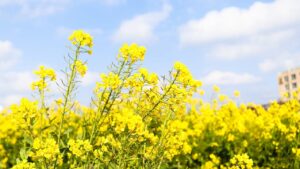The Institute for Bioscience and Biotechnology Research (IBBR) has been awarded a $1.1 million U.S. Department of Energy (DOE) grant to elucidate the mechanism of rust pathogenesis in poplar in an effort to engineer durable resistance for this important, second generation biofuel crop.
The collaborative, multidisciplinary research is led by Edward Eisenstein, IBBR Fellow and Associate Professor, University of Maryland, Fischell Department of Bioengineering, with coinvestigators Dr. Shunyuan Xiao, IBBR Fellow and Professor, University of Maryland, Department of Plant Science and Landscape Architecture, and Gary Coleman, Associate Professor, University of Maryland, Department of Plant Science and Landscape Architecture. The research is supported by the DOE’s Office of Science, Office of Biological and Environmental Research Plant Feedstock Genomics for Bioenergy program. Initial seed funding was also provided by the University Maryland Strategic Partnership: MPowering the State.
The aim of the three-year project is to investigate the molecular basis for the virulence of leaf rust and other diseases toward Populus species in order to address the challenge of engineering resistance against the pathogens. Genome-wide, high-throughput screens will be used to elucidate the mechanisms by which the rust pathogen, Melampsora larici-populina suppresses host immunity, identify the host factors that are prime targets and pinpoint the nutrient pathways that are hijacked by the pathogen to spread disease. This information will shed new light on rust-poplar interactions and enable development of transgenic poplars as a tool for the research community to accelerate the evaluation of disease models.
The limited understanding of how rust pathogens subvert host immunity to cause disease in poplar has constrained efforts to widely adopt poplar as a useful bioenergy feedstock. Recent developments in bio-renewable energies including growth of poplar tree farms, more efficient extraction of bioenergy on a commercial scale, and year-round harvesting, have renewed interest in this woody crop. Poplars are more desirable for biofuels than many other crops because of their rapid growth, ability to quickly produce a significant amount of plant biomass, and have high cellulose and low lignin contents. The high cellulose content provides the carbohydrates necessary to produce bioenergy and the low lignin content makes it easier to extract carbohydrates from the biomass for conversion into liquid transportation fuels.
“Our unique team brings together the expertise needed to understand the cellular and molecular mechanisms that rust pathogens deploy to overtake the poplar immune system, which is precisely the information we need to construct genetically engineered poplar variants that would be more useful as a biofuel feedstock,” says Eisenstein.
“This project was conceived under IBBR’s Agricultural Biotechnology Center, a multidisciplinary center that supports collaborative approaches for the discovery and translation of science-based solutions to the most pressing questions for 21st century agriculture,” says Thomas Fuerst, IBBR Director. “In a world faced with increasing food supply and energy challenges, this is a wonderful example of how IBBR research can be applied to contribute to the global portfolio of renewable resources.”











